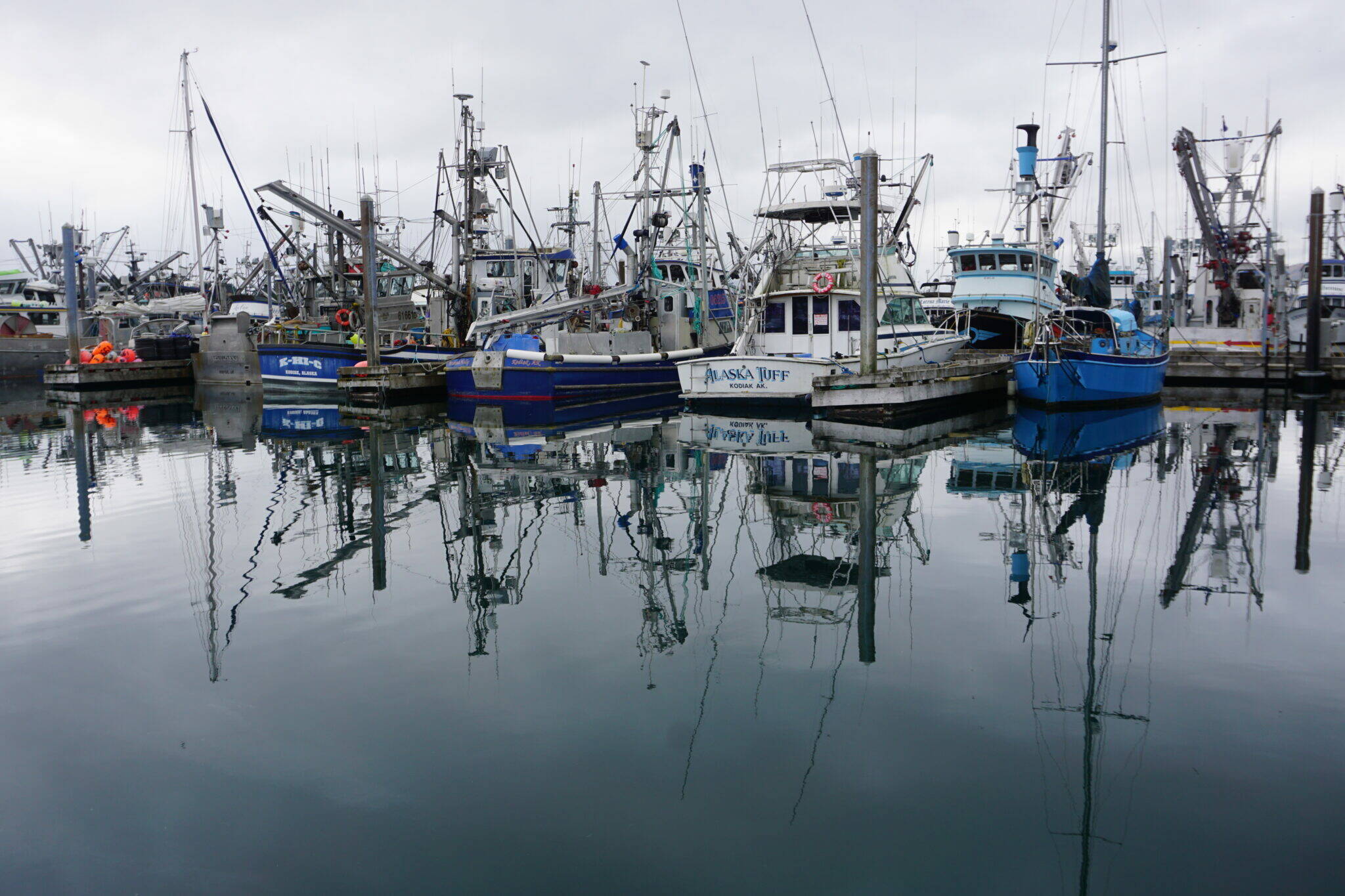Maximum payouts from a fund that covers medical costs of injured seafood harvesters would be boosted under a bill that won final passage in the Alaska Legislature on Thursday.
The measure, Senate Bill 93, would boost allowable payouts from the Fishermen’s Fund to $15,000 per injury or disablement from the current $10,000 maximum.
The Fishermen’s Fund serves as something of a stand-in for workers’ compensation. Commercial fishers in Alaska are not covered by workers’ compensation insurance. The fund, which predates statehood, is administered by the Alaska Department of Labor and Workforce Development and is considered “an emergency fund payer of last resort” after insurance policies and other sources of medical payment are used. The fund also collects statistics on fishery-related injuries.
The fund is financed directly by commercial fishers through their license and permit fees. The change in maximum payouts under the fund would incur no new cost to the Alaska Department of Labor and Workforce Development, according to the fiscal notes submitted for lawmakers’ review.
In addition to raising the allowable payments for injury events, the bill would boost maximum payouts to owners of commercial fishing vessels for coverage of insurance deductibles for injured or sick crew members. Under the bill, that maximum payout would beboosted to $15,000 from $5,000.
The bill addresses a particular problem that was brought up by fishing organizations during the committee process. While federal law requires vessel owners to carry insurance, many of those policies excluded coverage for medical costs of crew members who were sickened by COVID-19. Through an amendment made on the Senate floor just before May 3 passage in that body, lawmakers added a provision to enable the Fishermen’s Fund to make payments for costs incurred to treat viral infections, classifying those as being among the occupational diseases that affect fishers.
Also added in that amendment was a provision allowing maximum payments to fall back down to $10,000 if the total value of the Fishermen’s Fund falls below $7.5 million. If the fund’s value is below $5 million, maximum benefits would be capped at $5,000, according to the bill. The intent is to protect the fund financially, lawmakers said.
The fund’s value was about $14 million as of last May, Sen. Matt Claman, D-Anchorage, said in floor comments when the bill passed that body.
The May 3 vote in the Senate was unanimous. The vote in the House was nearly so, with only Rep. David Eastman, R-Wasilla, in opposition.
The bill was supported by the council that administers the fund and by United Fishermen of Alaska, as well as other groups.
“The Alaska Fishermen’s Fund Advisory and Appeals Council brought the need to increase the statutory limits on benefits payments to my attention,” the main champion, Sen. Jesse Bjorkman, R-Nikiski, said in a statement issued Friday. “I introduced SB 93 through the Senate Labor and Commerce Committee, which I chair, and had the privilege of carrying the bill through the Legislative process.”
The bill now goes to Gov. Mike Dunleavy for his signature.
• Yereth Rosen came to Alaska in 1987 to work for the Anchorage Times. She has reported for Reuters, for the Alaska Dispatch News, for Arctic Today and for other organizations. She covers environmental issues, energy, climate change, natural resources, economic and business news, health, science and Arctic concerns. This story originally appeared at alaskabeacon.com. Alaska Beacon, an affiliate of States Newsroom, is an independent, nonpartisan news organization focused on connecting Alaskans to their state government.

